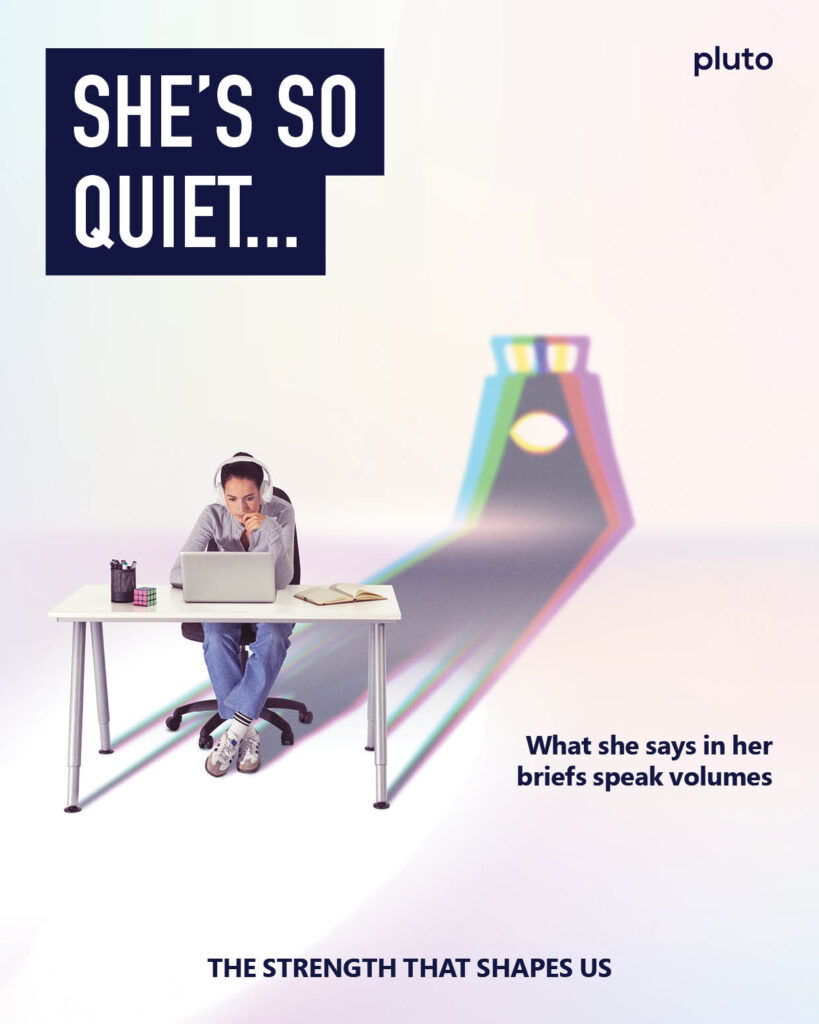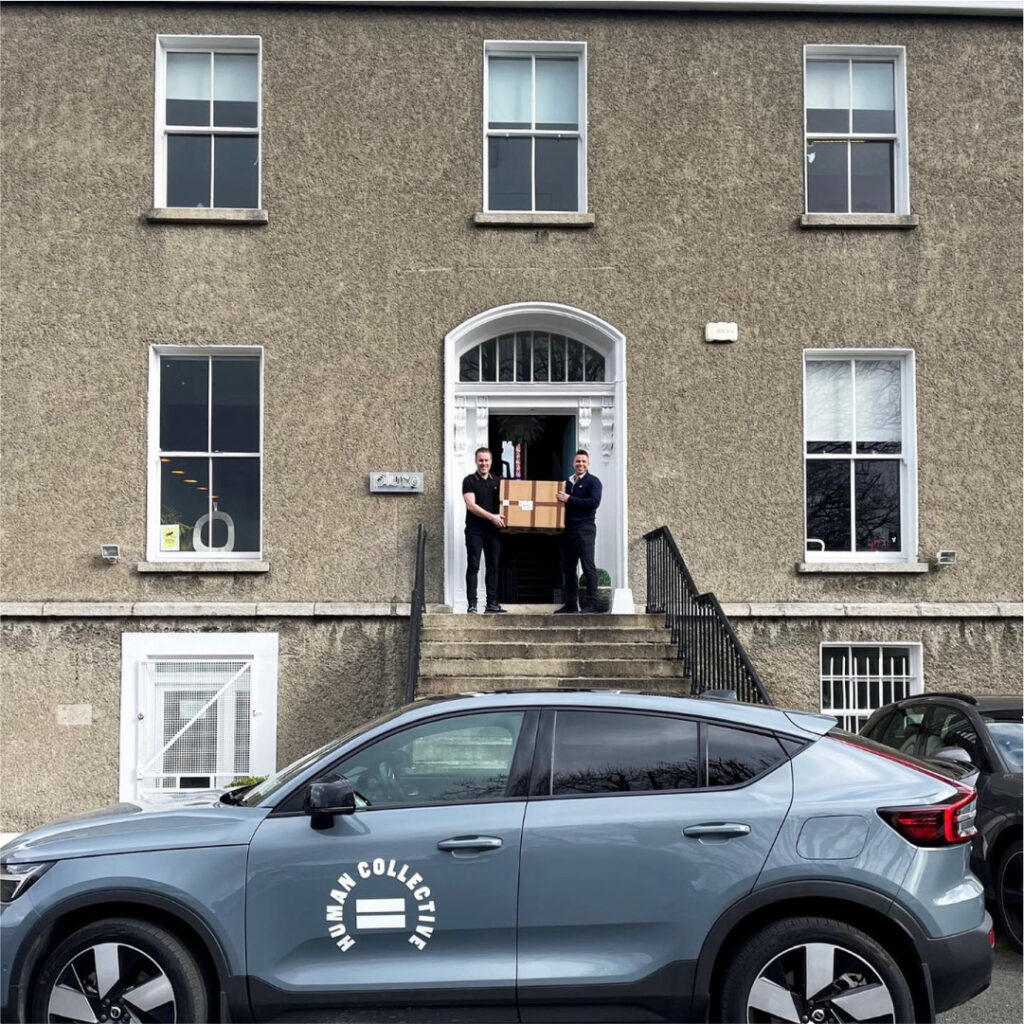The retail industry has faced a host of challenges, long before restrictions and lockdowns became part of everyday life. Many brick and mortar retailers were struggling and as we re-emerge from lockdowns into the new psychological and social territory, shoppers are now more and more comfortable sourcing their next purchase online.
Less in-person touchpoints mean digital ones need to embody brands and communicate their personality and mission in a deeper and more memorable way. Brands have an opportunity to embrace digital that can communicate the experience of using their products.
However, both traditional and online retailers face challenges in this new world. Incumbents find it hard to carry out digital innovation at sufficient speed, while online retailers do not have the expertise in running stores. While some will still choose to build their own solutions, acquisitions and partnerships are and will become an increasingly common way to rapidly gain new skills, capabilities, and assets.
For example, Walmart has partnered with Google Home to provide a new pathway for customers to access their products. Through this partnership, Walmart provides customers with the ability to shop for more than 2 million items through voice shopping. In the UK, supermarket Morrisons is partnering with Amazon and Ocado to develop an online business there.
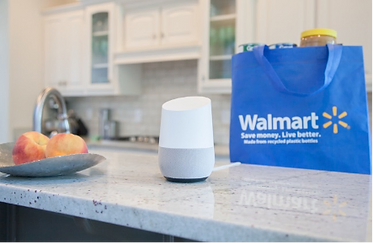
Creative partnerships will open big opportunities for today’s retailers to get ahead in omnichannel retail, further accelerating online penetration. Another example of this and a front runner in these kinds of partnerships is Burberry.
They have partnered with Apple on projects over the last number of years such as live streaming its first consumer-facing, immediately shoppable runway collection back in 2014. There were nine iPhone 5S phones on the runway taking shots – three on a moving rail cam following the models, one on the roof streaming the action to numerous destinations such as billboards and Burberry stores, as well as social networking platforms like Facebook and Vine.
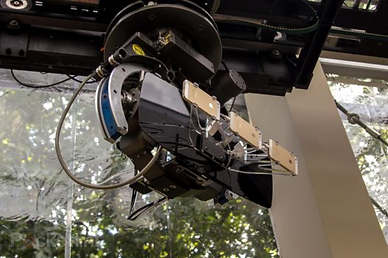
Most recently their new store in Shenzhen, China, has been designed through a partnership with Chinese tech giant Tencent Technology and relies heavily on the Asian messaging service WeChat with a mini-program to reward consumers for engaging with the brand, both online and in-store.
The “social retail store” meets digitally native millennial and Gen Z customers with Burberry’s social media and gaming tools. It originated from the discovery that although most customer journeys for the brand’s target customer start on social media, they still want an in-store, experiential element that they then share online; 80 percent of its customers have used a digital touchpoint before they purchase. “This store is about trying to connect your online life with your in-store life so that one adds value to the other,” says Mark Morris, Burberry’s senior VP of Digital Commerce.
Brands like Uniqlo and M.A.C have deployed AI-powered technology in the form of “try-on mirrors.” Often, these special projects did not amount to much more than novelties before but today, Covid-19 is helping push retailers to do things differently with the likes of Arnotts and Brown Thomas now adopting this new tech and launching these mirrors in-store to allow customers find their right colour match without having to come in to contact with a sales assistant.
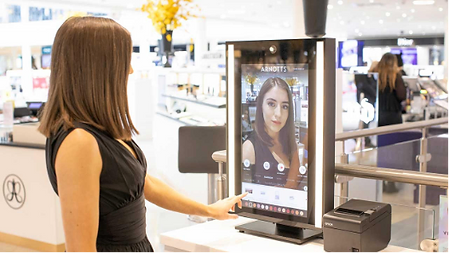
The role of the physical store is still important despite the rise of online retail and it still has a place in this new era. Oliver Wyman’s 2017 survey of consumers found that those who shop both online and in stores are more satisfied than those who only shop via one channel. Many consumers will continue to go to physical stores for advice, to socialise, and to try out products whether it be through virtual mirrors or with the help of a sales assistant.
Retail has always talked about the omnichannel experience, but it has never been able to deliver on it. Covid-19 may be the push needed to make it a reality. Traditional retailers will be able to leverage their main assets like a network of stores in key locations and their expert and knowledgeable team members with experience in assisting customers.
We are now seeing online retailers begin to realise that they too need a physical presence and meld the word of online and offline together. In China, JD.com announced plans to create 1 million rural stores and is targeting delivery times of as little as 30 minutes across by using various offline retail outlets, including Walmart, to get products to customers. However, these stores of the future will look different than those of yesterday. For example, Alibaba’s Hema store features several experimental ideas that link technology to the in-store experience. The shopping experience starts with a download of the Helma mobile app, which links up to a customer’s Taobao or Alipay account. Using the app, customers can shop from their homes and also order fresh food to have it prepared by the Hema chefs and delivered within 30 minutes.
Customers who prefer to shop in-store can also select items to be cooked for carry-out, delivered to their nearby home or office, or they can eat it on the spot in the store’s dining area. Hema stores look like normal supermarkets, with a selection of packaged foods, produce, seafood, beverages, and other goods. Every item has a scannable bar code, which yields price and product information, including its origin and backstory (if there is one.) Customers scan the code and complete their electronic purchase through Alipay at a checkout register before leaving the store.
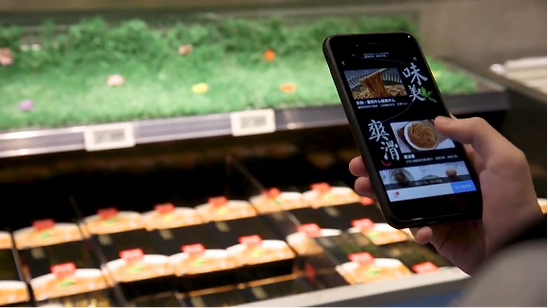
I think we all can say we have enjoyed the experience of in-store shopping and at one time or another, stepped inside a great store and marveled at its sense of place, the energy of its team members, the theatre of its marketing, and the power of its brand. It is an experience the likes of the Amazon’s and ASOS’s of the world can never match. If today’s brick-and-mortar retailers can bring their brands to life in authentic, memorable ways while also delivering on a new promise of speed and efficiency, then they can win. Covid-19 has made it clear where retailers need to go. Those who can differentiate themselves will continue to survive and thrive.



